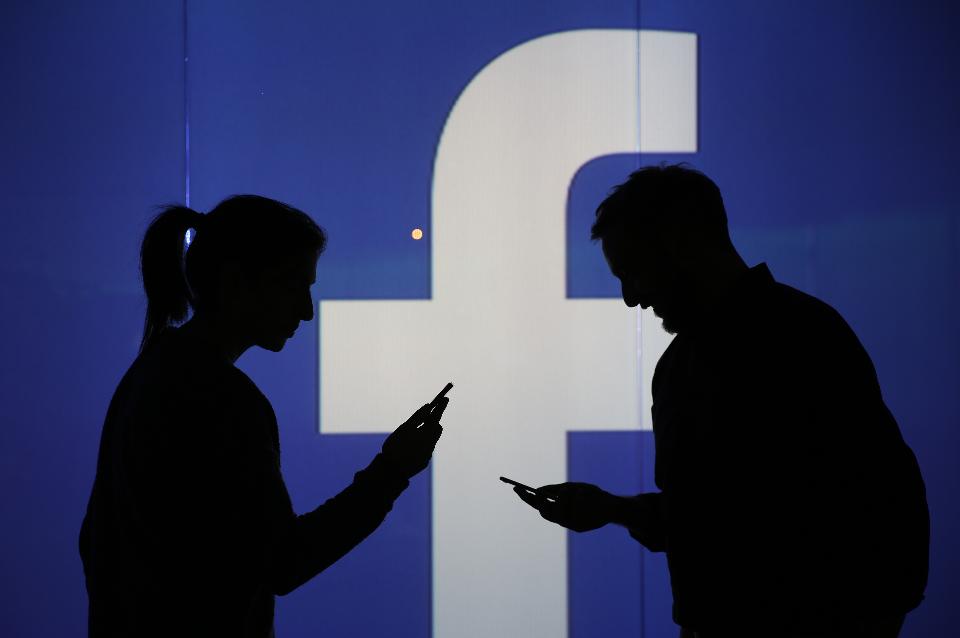
In the News
Technology Barriers Come In The Form Of Data Distrust
-
Focus Areas
Data, Technology & Innovation -
Issues
Technology & Telehealth

Data potential through wearables has the ability to quantify health issues that have never before been scaled such as pollution, which kills 1 in 8 people globally. But distrust between at-risk communities and authority of various kinds keeps users from feeling safe using new devices.
In Canada’s city Sarnia alone, each person breathes in about 4,000 pounds of industrial pollutants per year. A recent study from the World Health Organization showed that air pollution is the largest single environmental health risk due to heart disease, stroke, respiratory disease and cancer. Those closest to the harmful pollutants are indigenous people and low-income citizens.
Pollution and asthma-related devices is an area where few technologists are working on and at an unattainable 200-dollar price range. It’s also an area Public Health Institute’s Iana Simonov believes has a potential for a breakthrough for people like farm workers to monitor the level of pesticides they inhale in fields. “There is an enormous amount of data that could help us crack big health problems like this,” she says.
Wearables also have the potential to tap into a data set health-tracking wearables don’t typically address—justice. With recording devices, technology has started to show tangible data points for black communities who are at great risk for experiencing violence says program director at the National Collaborative for Health Equity Autumn Saxton-Ross. “When you think about all aspects of health, not just physical, technology can help when it comes to educating people on their rights especially when we know about violence that’s happening to young people.”
For that very reason, in June of 2015, a group of Boston high schoolers developed an app with school district policies that a student can access at any time to be sure he or she is being disciplined justly. Rachel Gunther, associate director for the group that created the app, Youth Student Board Creators, says it is working on a way to safely collect data on where foul play is occurring most. “One of the things we want to look at is suspension and expulsions and if someone runs into a problem, so that we can track the schools that the district should address.”
If successful, such quantified data could create real innovation in health, but there are many trust barriers that run deep in at-risk communities. Iana Simeonov says that for people who are undocumented or know someone who is, even a text messaging service feel dangerous to farm workers who fear being found. “The fear is very present,” Simeonov says. “It’s even present in telephone advice service where they might just give their first name.”
Originally published by Forbes
More Updates
Work With Us
You change the world. We do the rest. Explore fiscal sponsorship at PHI.
Support Us
Together, we can accelerate our response to public health’s most critical issues.
Find Employment
Begin your career at the Public Health Institute.



